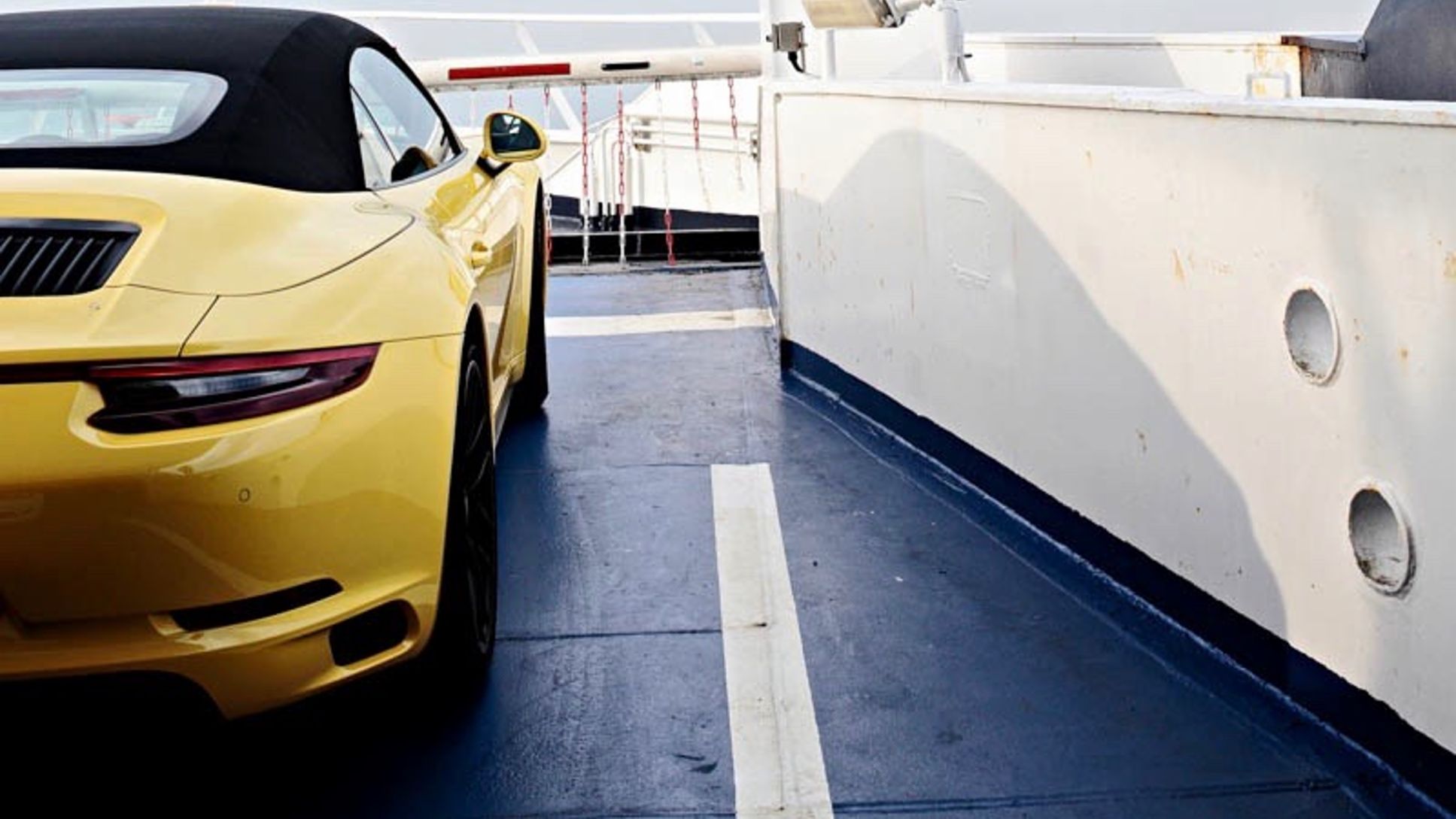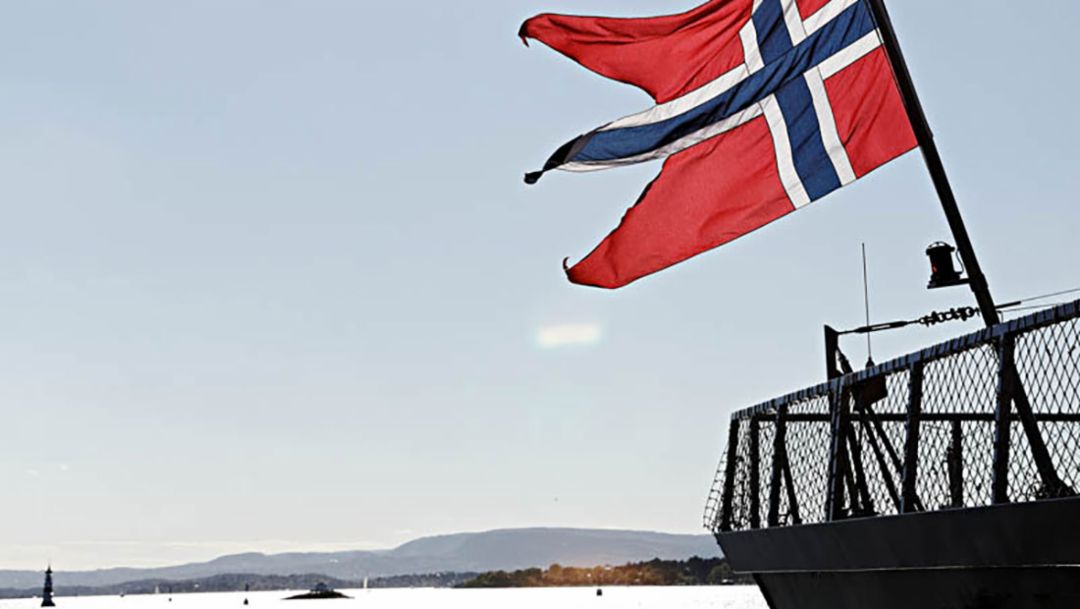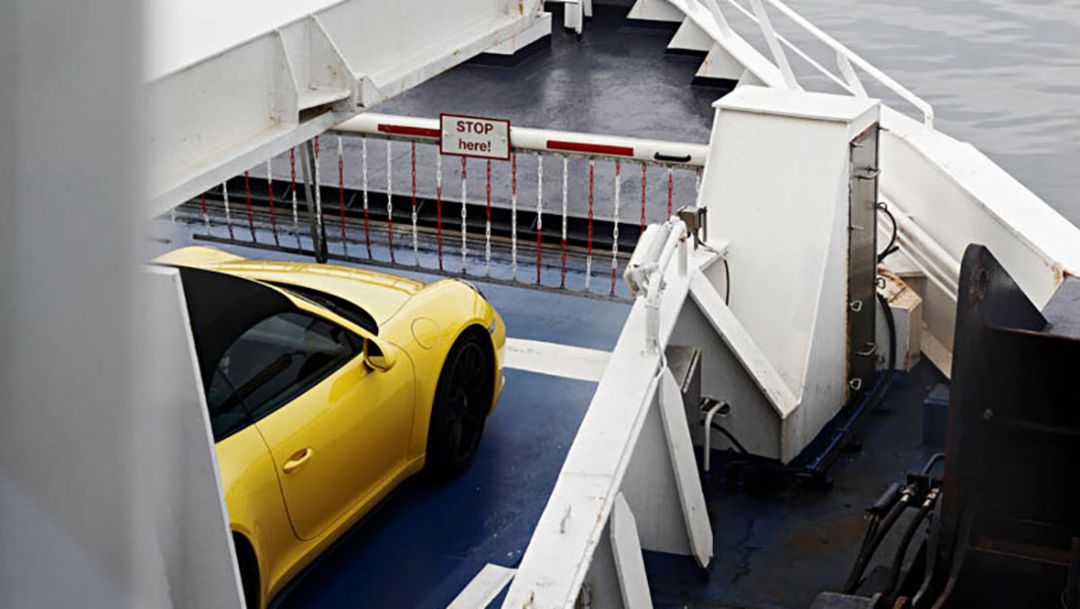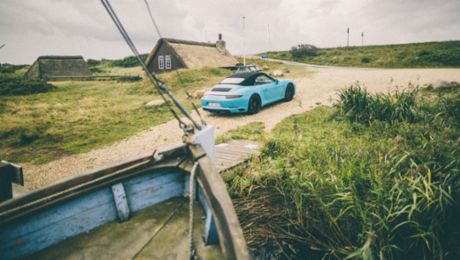According to the stereotype, the Norwegians are never happier than when they have driven several hours in the car, hiked on cross-country skis through the seemingly endless expanse of white with heavy bags on their backs, to finally reach their destination – a remote hut with no electricity or water – ready to make themselves at home. Sounds simplistic. But it seems to be working. According to the latest “World Happiness Report”, the Norwegians are the happiest people in the world. And not only in remote mountain huts, or when the Swedes lose at sport.
According to the publishers of the World Happiness Report, international experts from New York’s Columbia University and the United Nations, a person’s sense of happiness is dependent mainly on factors such as welfare, freedom, liberalness, honesty, health, income and good governance. These groups linked country-specific data with surveys about the self-perception of the inhabitants, taking into account the gross domestic product (GDP) per capita, the average life expectancy, the support that people feel they have from their own social environment, as well as trust in government and companies with regard to corruption.
For the first time, Norway managed to knock Denmark – which has continuously occupied first position over the past few years – off the top spot. Despite falling oil prices and the resulting lower public revenue. Some even say that Norway has achieved its high level of happiness not because of its oil wealth, but despite the oil wealth. According to the researchers, the country has decided to mine its resources slowly and invest the profits in future projects. This can only succeed because there is a high level of confidence and shared objectives among the population.
“We have considerable resources as well as a high level of income,” says sociologist Anders Barstad from the Norwegian statistics bureau. “In Norway and the Nordic countries, there is very little income disparity, low poverty and low unemployment. If you have a job and a healthy family, you are more likely to feel happy, or at least see no reason not to be.” A well-established welfare system, in particular, ensures that Scandinavians have less need to worry about their future. And are far less stressed than people elsewhere.
Everything set to “Sport”
So far, so good. But it’s all still very abstract. It becomes more tangible in the afternoon on the A1, north of Hamburg. There is hardly any traffic, three lanes, an excellent road surface, plus it’s nice and dry. With everything set to “Sport”, I let the Racing Yellow 911 Carrera 4 GTS get up to speed. Not because I’m in a hurry. Just because I want to. The needle points to 310 km/h as the yellow fields of rape appear to merge with the muscular rear flanks of the GTS. Pure adrenaline. By the time I reach the country road to the ferry port to Puttgarden – the hood long since folded away – it becomes clear that the 911, particularly the cabriolet in Racing Yellow, is the ideal companion for my journey towards happiness: sunny feeling as standard.
It’s the next day. Towards noon, I arrive in Oslo. Bright blue skies, the kind that you only see here in the north. A mild 20 degrees, with a feeling of spring in the air. The streets are full of people. Sitting on the steps and areas around the modern opera house, in the cafés and restaurants or in the parks, skating, cycling, sailing, paddling. They know how to enjoy themselves, the Norsemen.
Before evening falls, I leave Oslo, following the direction of the setting sun towards Stavanger. I deliberately don’t take the well-developed road south along the coast. I’m interested in what the inland areas of the country look like. I drive along winding asphalt ribbons that meander like water through the ancient landscape. A landscape that – with the exception of this narrow road – bears no signs of human influence. Truly unspoilt. The same as it was millions of years ago, and it will still be the same in millions of years to come. The time factor – which so often defines our lives – plays absolutely no part here.
Olaf, who runs one of the few petrol stations in the hinterland, sees things exactly the same way: “Why do I live here? Because here, I can be master of my own decisions. I don’t answer to anyone. I enjoy meeting people. And if I want to be alone, I close my petrol station and go fishing.” Low stress levels equals happiness. And safety. Katrin, who has come to see Olaf with her sons Lasse and Jan to buy ice creams, says it all in a nutshell: “We have very good schools in Norway. And I can let my boys cycle there safely. In the winter, they take the free school bus. My husband has a well-paid job and we live in a nice house with wonderful views. We don’t have any major worries. Apart from the 4 you got the other day in maths,” says Katrin, her knowing smile hesitantly reciprocated by 11-year-old Jan.
Bright yellow bringer of happiness from Zuffenhausen
I continue on my journey. Through the night and through the morning dew. I think about the elk I might encounter between Eiken and Evje, and the alliteration pleases me. I pass trucks transporting logs, discover stones with hats made of moss. I drive through monochrome brown-black. And a little higher up – bearing in mind that it’s May – through gleaming white. The air here is so clean that the snow has not lost any of its radiance, even after months on the ground. Just like my bright yellow bringer of happiness from Zuffenhausen which, with its sonorous bubbling boxer, is the perfect cruising machine. GTS: Gran Turismo, sun included. Every summit is followed by a series of spellbinding twists and turns. The 450 horses propel the vehicle forward forcefully. It’s astounding how it remains glued to the asphalt, no matter how tight the corners. The landscape flies past. Acceleration, deceleration. Happiness, a regular guest in the open-top Porsche. Who needs cross-country skis? Or oil reserves?
Info
Text first published in Ramp magazine #38.
Text: Philipp Wente // Photos: Cihan Cakmak, Philipp Wente
Consumption data
911 Carrera 4 GTS Cabriolet: Fuel consumption combined 9.7 – 8.7 l/100 km; CO2 emissions 220 – 196 g/km





,-911-Carrera-4-GTS-Cabriolet,-Porsche-European-Open,-Bad-Griesbach,-2015,-Porsche-AG/jcr:content/Graeme%20McDowell,%20Peter%20Hanson%20(l-r),%20911%20Carrera%204%20GTS%20Cabriolet,%20Porsche%20European%20Open,%20Bad%20Griesbach,%202015,%20Porsche%20AG.jpg)